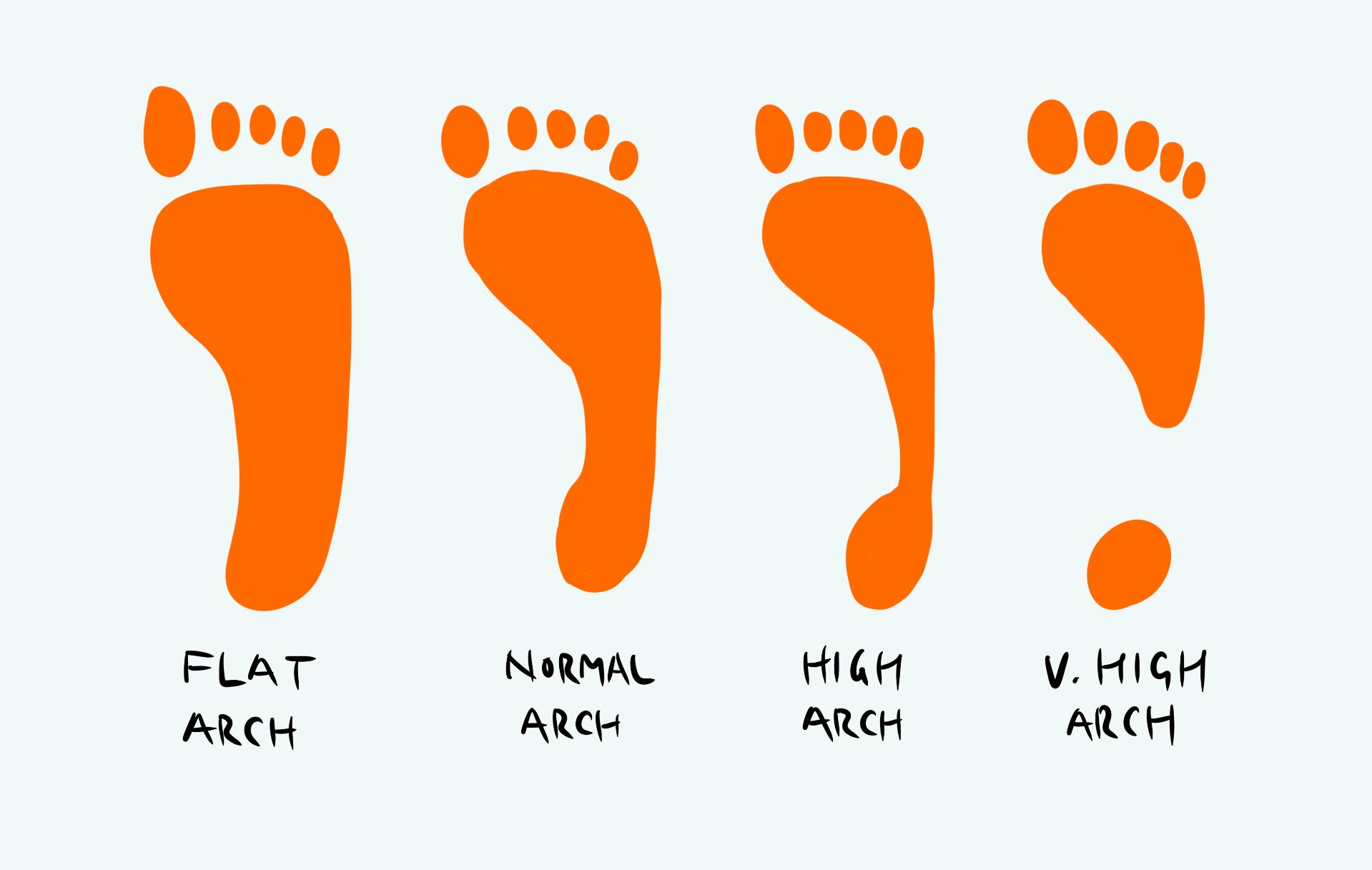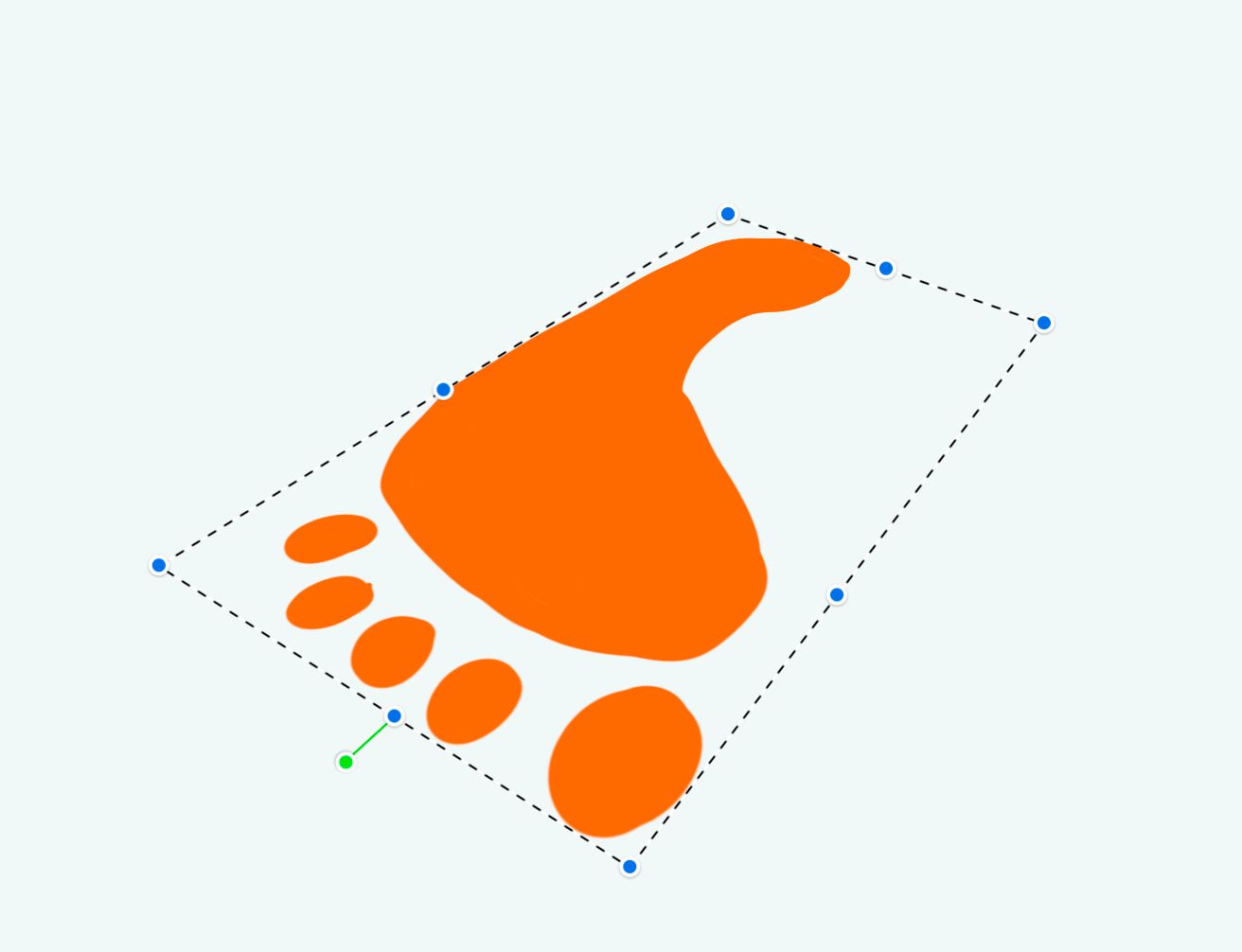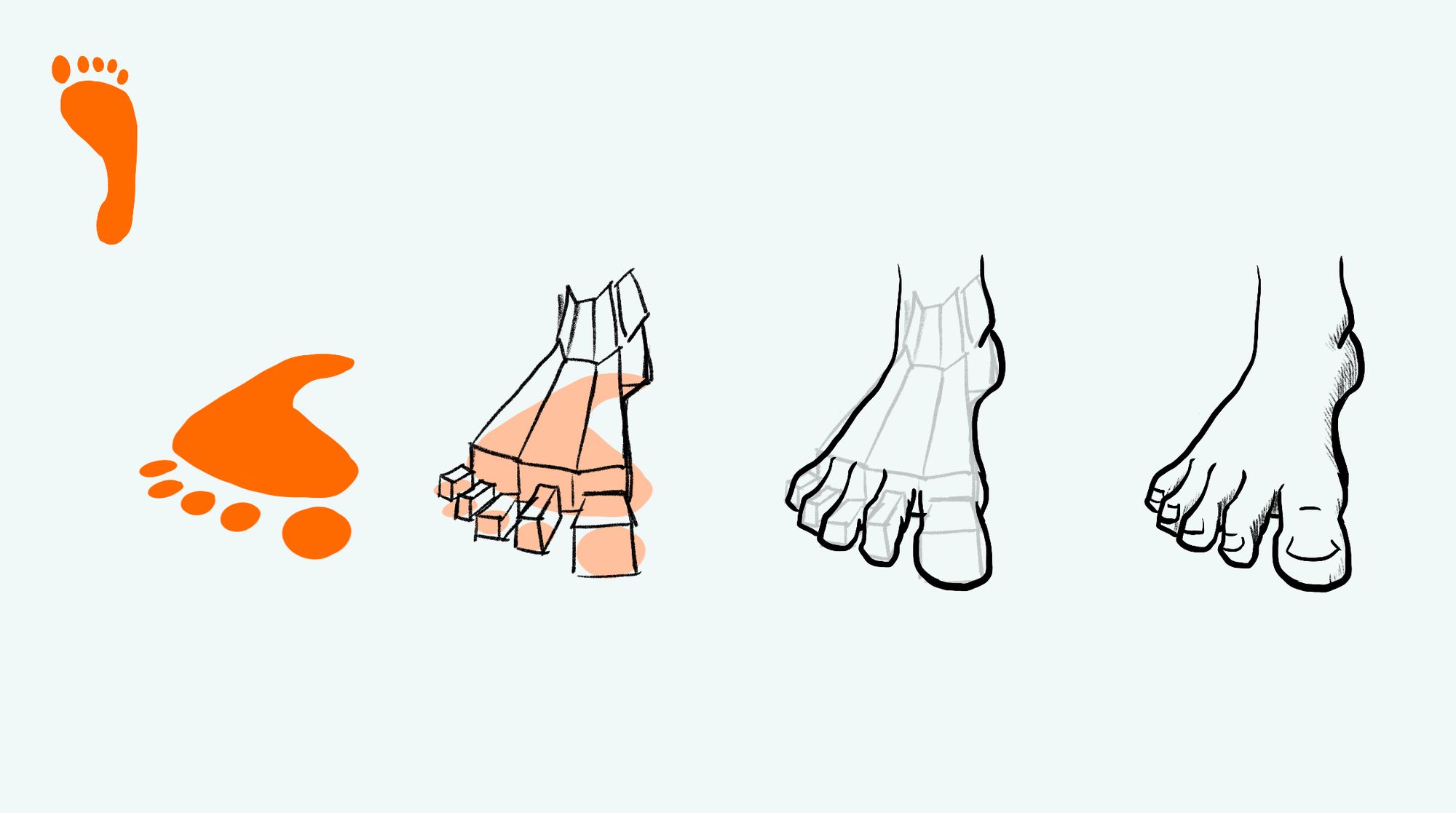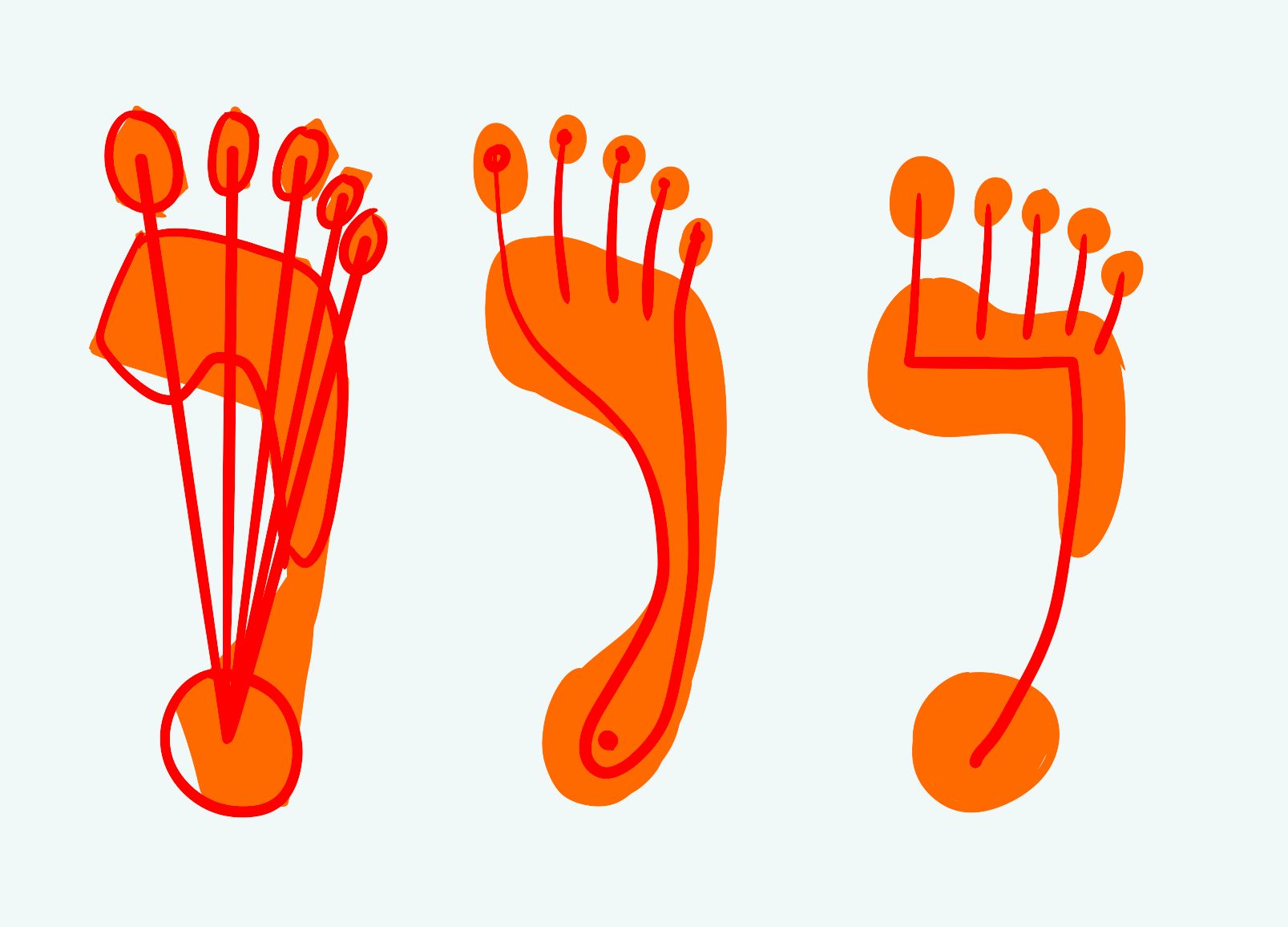Drawing human feet can be very frustrating. Our eyes are not used to looking at our own feet compared to our hands, which adds to the frustration. The human foot also consists of many bends and curves that change drastically depending on where you look at it from. When observing a foot, it is quite difficult to understand how it works when standing, walking, running, or suspended in the air.
Like any anatomical drawing of human beings, basic knowledge of the structure of the feet can be helpful. Each foot consists of 26 bones and 100+ tendons, which collectively form the feet' complex structure.

There are different approaches to getting the foot to look realistic.
- Understanding the skeletal structure of the human foot and building a drawing on it. This process is known as the skeletal technique.
- Breaking down or reductive distilling of the foot's form into simple shapes to create an abstract psychological impression. This process is known as the breakdown method.
My Method: Using Footprints
I have developed a style of drawing feet by using footprints as the base of a foot, combining the skeletal technique and the breakdown method.
Footprints are useful when placing the different parts of the foot on a drawing – such as a heel, forefoot, middle arches and toes. Placing footprints gives you a sense of where everything is before you even start drawing the foot. I think of it as constructing a building on an architecture plan or foundation.
I start off by selecting a type of footprint. Generally, there are three or four different footprint forms, from flat to very high arched feet. The footprints are usually spread out when a foot is in a standing position since the body weight is on top. I have drawn a few of them below.

Take your desired footprint and distort it to match the perspective view required for the design.

Then, I continue by breaking down the parts of the foot into simple shapes or forms to give the sense of volume and slowly adding organic lines and details (shadows). This process should give you a good idea of how much volume the foot will occupy in your drawing.

This method proved especially useful to me when drawing mechanical style feet for robots and cyborgs with the geometric lines underneath to support the detailing process.
You can also stylize the feet from this process onwards. Different approaches to simplifying the foot's form or shape should be considered similar to the human hand. Even if the drawing is not realistic, it should provide an abstract psychological impression that what you are looking at is a human foot.

From hard, sharp lines to eclectic and soft lines, stylizing a foot drawing takes more practice than drawing a hand, given that you have fewer opportunities to observe them.
Thanks for reading, I hope you enjoyed my process of drawing feet. See you in the next one soon!
